As an exporter shipping goods from India to the USA via ocean, understanding the types of carriage and freight is crucial for making cost-effective and efficient shipping decisions. Whether you’re new to FCL (Full Container Load) shipping or an experienced exporter, knowing the distinctions between these terms can save you time, money, and headaches.
Did you know that ocean freight accounts for around 90% of global trade, making it the backbone of international shipping? This method offers flexibility and scalability for exporters like you, especially with FCL shipping. However, navigating terms like “carriage” and “freight” and their variations can be confusing if you’re unfamiliar with the industry jargon.
This article breaks down the types of carriage and freight, highlighting their differences and how they apply to your export needs. By the end, you’ll feel more confident choosing the right options to streamline your logistics and optimize your supply chain.
Definition of Carriage and Freight
In ocean freight shipping, carriage and freight are terms that often arise, but they have distinct meanings in the logistics industry.
Carriage refers to the act of transporting goods from one place to another. FCL shipping specifically involves the movement of your goods in a full container, usually from the port of origin (in India) to the destination port (in the USA). Carriage encompasses the physical transportation process, whether handled by a shipping line, freight forwarder, or carrier.
Freight, on the other hand, has a dual meaning. It refers to both the goods being transported and the cost of transporting them. For instance, when you book a container for FCL shipping, the charges you pay for the service are often termed freight charges.
Simply put, Carriage is the movement; freight is both the goods and the cost of moving them. Knowing this distinction helps you better communicate with shipping companies, negotiate rates, and clarify your export documentation.
Types of Carriage and Accounting Treatment
When exporting products from India to the USA, understanding the types of carriage and their financial implications is vital. The two main types of carriage you’ll encounter are carriage inwards and carriage outwards, each with distinct roles, cost implications, and responsibility considerations.
1. Carriage Inwards
Carriage inwards refers to the cost of transporting goods purchased by your business. In the context of exports, this could mean the expenses incurred to move raw materials or products to your facility or port of shipment. For instance, if you source materials from a supplier in another Indian city, the transportation cost to bring those materials to your location is classified as carriage inwards.
- Accounting Treatment: Carriage inwards is considered part of the cost of goods purchased and is typically added to the purchase price in your accounting records. It’s recorded as a direct expense on the profit and loss statement and increases the overall cost of goods sold (COGS).
- Responsibility for Paying: Responsibility for carriage inwards costs usually lies with the buyer (your business), depending on the agreed trade terms with your supplier. For example, under Ex-Works (EXW) terms, the buyer bears all transportation costs from the supplier’s location.
2. Carriage Outwards
Carriage outwards refers to the cost of transporting goods sold to your customers. This includes shipping costs for exporters from your facility to the port of origin or even to the final destination in the USA, depending on the shipping terms (e.g., CIF, FOB).
- Accounting Treatment: Carriage outwards is treated as a selling and distribution expense and recorded in the profit and loss statement under operating expenses. Unlike carriage inwards, it doesn’t affect the cost of goods sold.
- Responsibility for Paying: Responsibility for carriage outward costs depends on the shipping terms agreed upon with your buyer. For example:
- Under free-on-board (FOB) terms, the buyer is responsible for costs beyond the port of shipment.
- Under Cost, Insurance, and Freight (CIF) terms, the seller bears the cost of transporting goods to the destination port.
The type of carriage and responsibility for its cost significantly impact your overall expenses and pricing strategy. Ensuring accurate accounting for these costs helps in compliance and provides a clear picture of your export profitability. Always align your agreements with buyers and suppliers to clarify who bears these expenses to avoid disputes.
Also Read: CIF Incoterms: Definition, Difference, and Explanation
If managing carriage costs and ensuring seamless accounting for your logistics sounds overwhelming, Intoglo is here to simplify your export journey. As a leading door-to-door logistics provider specializing in the India-to-USA trade lane, Intoglo offers a one-stop solution for all your transport and customs clearance needs. With direct partnerships with shipping lines, truckers, and customs brokers, eliminating unnecessary intermediaries, we ensure cost-effective and efficient FCL shipping.
Intoglo is committed to transparency, instant rate quotes, and cutting-edge tools like Glotrack, which provides real-time shipment visibility and updates. Our global team operates in Indian and USA time zones, ensuring round-the-clock support. From pre-screening for compliance to leveraging an extensive U.S. warehouse network, Intoglo has you covered every step.
Difference Between Carriage Inwards and Carriage Outwards
Here’s a comparison of carriage inwards and carriage outwards to help you clearly understand their distinctions:
| Aspect | Carriage Inwards | Carriage Outwards |
| Definition | Cost incurred to transport items purchased by the business, such as raw materials or supplies. | Cost incurred to transport goods sold to customers or buyers. |
| Purpose | Associated with procurement and ensuring materials reach your business or facility. | Associated with delivering finished goods to the customer or buyer. |
| Nature of Cost | Treated as a direct expense and added to the cost of goods purchased. | Treated as a selling and distribution expense related to sales activities. |
| Accounting Treatment | Recorded under Cost of Goods Sold (COGS) in the profit and loss statement. | Recorded as an operating expense in the profit and loss statement. |
| Responsibility for Payment | Typically borne by the buyer (your business) unless otherwise agreed upon in the purchase terms. | Typically borne by the seller (your business) under certain shipping terms (e.g., CIF). |
| Impact on Profitability | Directly affects the cost of goods purchased and overall inventory valuation. | Impacts the selling expenses and overall operating costs. |
| Examples | Transportation costs for importing raw materials to your manufacturing unit. | Costs for shipping a full container of finished goods to a buyer in the USA. |
| Trade Terms Influence | Costs influenced by purchase agreements such as Ex-Works (EXW) or Free on Board (FOB). | Costs influenced by sales agreements such as FOB, CIF, or Delivered Duty Paid (DDP). |
This table highlights the distinct roles and financial treatments of carriage inwards and outwards, helping you manage them effectively in your export operations.
Conclusion
Understanding the differences between carriage and freight is vital for exporters, especially when ensuring accurate accounting and managing costs effectively. Sale agreements significantly influence the classification and responsibility for these expenses, making clear communication with your partners essential.
For hassle-free shipping experience, choose Intoglo, your trusted partner for India-to-USA logistics.
Why Choose Intoglo?
- End-to-end logistics solutions, including transport and customs clearance.
- Expert support teams operating in both Indian and U.S. time zones.
- No middlemen – direct partnership with shipping lines, customs brokers and truckers to avoid delay.
- Over 50 U.S. warehouse locations and pan-India port coverage.
- AI-powered HTS code scanner for accurate product classification.
- Pre-shipment compliance screening for smooth customs clearance.
- Marine/cargo insurance and customs bond services are available upon request.
- Transparent pricing with no hidden charges.
- Experience with diverse product categories like food, automotive parts, and beauty products.
Streamline your export process with Intoglo. Get FCL shipping quote from India to USA today.



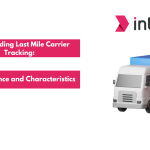
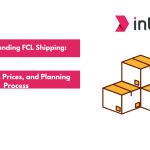
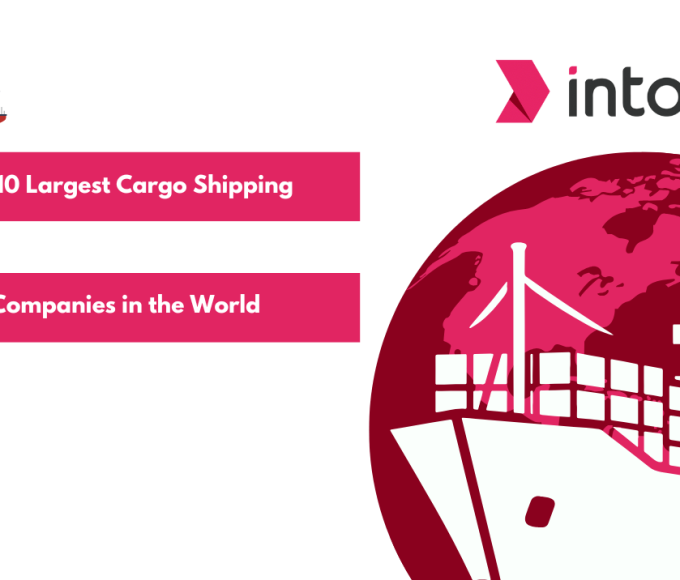
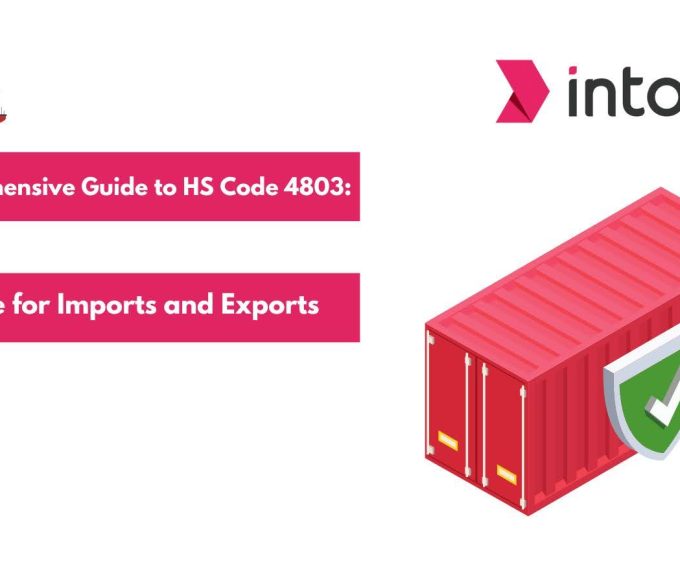
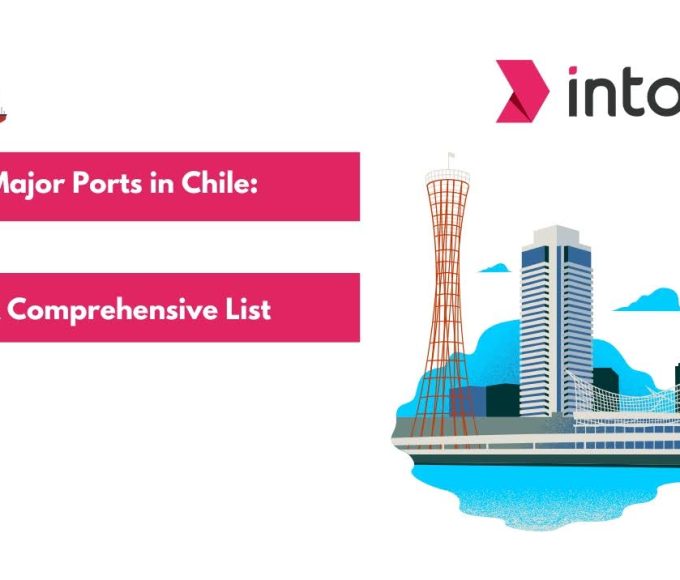
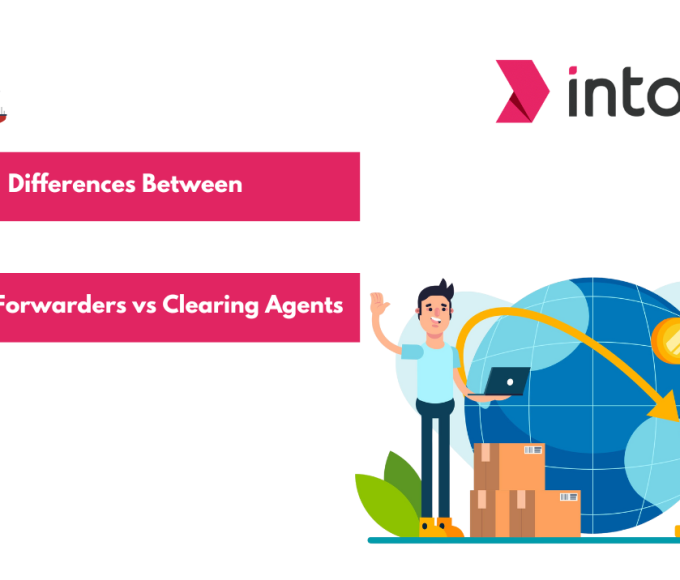
Leave a comment